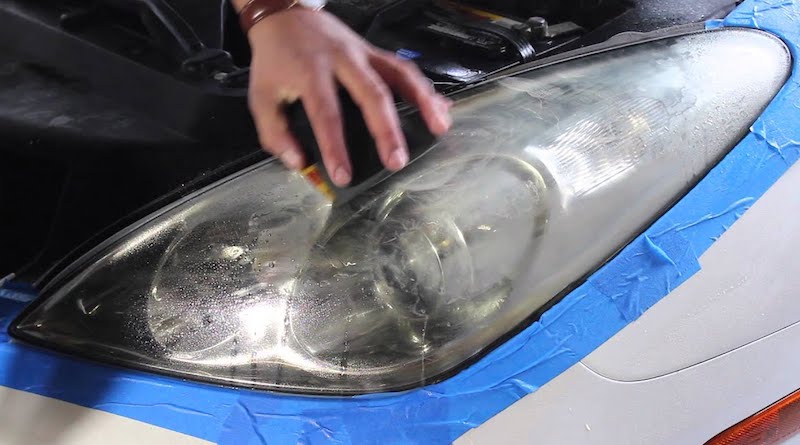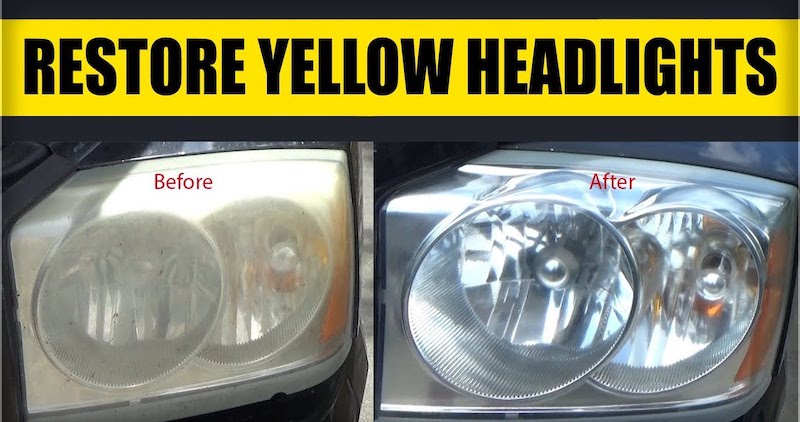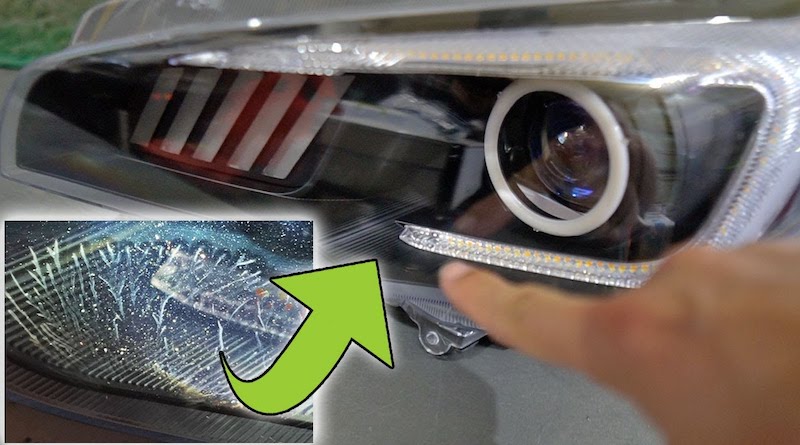How To Clean Headlights With Bug Spray
Most headlights contain a polycarbonate plastic lens that protects the bulb from external elements. The plastic is then coated with a clear film that keeps it safe from UV rays. However, over time, this film tends to turn hazy and foggy.
This is caused by exposure to heat and other harsh weather conditions. One of the many ways you can revert your headlights to their original look is by cleaning them using bug spray. In this guide, you’ll learn how to clean your headlights with bug spray and find out whether it’s a good idea.
How to Clean Headlights with Bug Spray
Here’s a step-by-step guide on how to clean your headlights with bug spray.
Step 1: Buy the right bug spray
Start by shopping for a bug spray that has DEET. This is the chemical that kills bugs. It also works to remove dirt and grime on certain surfaces.
Step 2: Use the bug spray to clean your headlights
Spray a considerable amount of bug spray on a clean microfiber cloth. Use the cloth to scrub your headlights until they clear up. The DEET in the spray dissolves the protective layer that comes with your headlights straight from the factory.
It’s this layer that reacts with UV rays and external weather elements, causing your headlights to turn yellow and hazy. This in turn causes the vehicle to look old and reduces the amount of light produced.
It’s important to note that this process leaves the headlights clean, but exposed. It’s a temporary fix that will not last long.
Step 3: Clean your headlights
Once you’re done scrubbing your headlights with the microfiber cloth, rinse them with clean water to remove the bug spray. This last step is important as you do not want to leave your headlights still covered in DEET.
Disadvantages of Using Bug Spray to Clean Headlights
The DEET found in bug spray melts the oxidation and any contaminants that are present on your headlights. It helps to clean the lens and clear up the fog that causes your lights to appear foggy.
Unfortunately, the solution does not provide permanent results. Your headlights may turn foggy again after a few weeks of being on the road. This is why it’s important to go for better and more permanent solutions like using a headlight restoration kit.
In addition, DEET is not safe for your car’s headlights, paint job, and rubber components. The solvent can cause damage to plastic parts, synthetic fabrics, rubber, and paint if it’s allowed to sit long enough.
It’s best to first spray it on a clean cloth before using it on your headlights. Spraying it directly can cause it to drip to other parts of the car. This can cause more damage and lead to expensive repairs.
Conclusion
You should only use bug spray to clean your headlights as a last resort. It is not safe for your car’s plastic and rubber components. If allowed to sit for too long, it can damage the headlights and paintwork.
Recent Blog Posts
November 29, 2022

One of the best solutions for fixing hazy headlights is to wet sand them. While there are other ways you can clear up your oxidized headlights, few methods work as great as wet sanding. It not only cleans the plastic lens completely but also achieves permanent results.
November 29, 2022

Headlights that have turned yellow can make a car look really old. The foggy coating that covers the headlight tends to reduce the amount of light emitted on the road. This can affect the driver’s visibility and make it hard to maneuver dark roads.
November 29, 2022

There are plenty of solutions out there when it comes to cleaning the outside of your headlights. You can easily remove the yellow coating that forms on the plastic lens using a few household products.